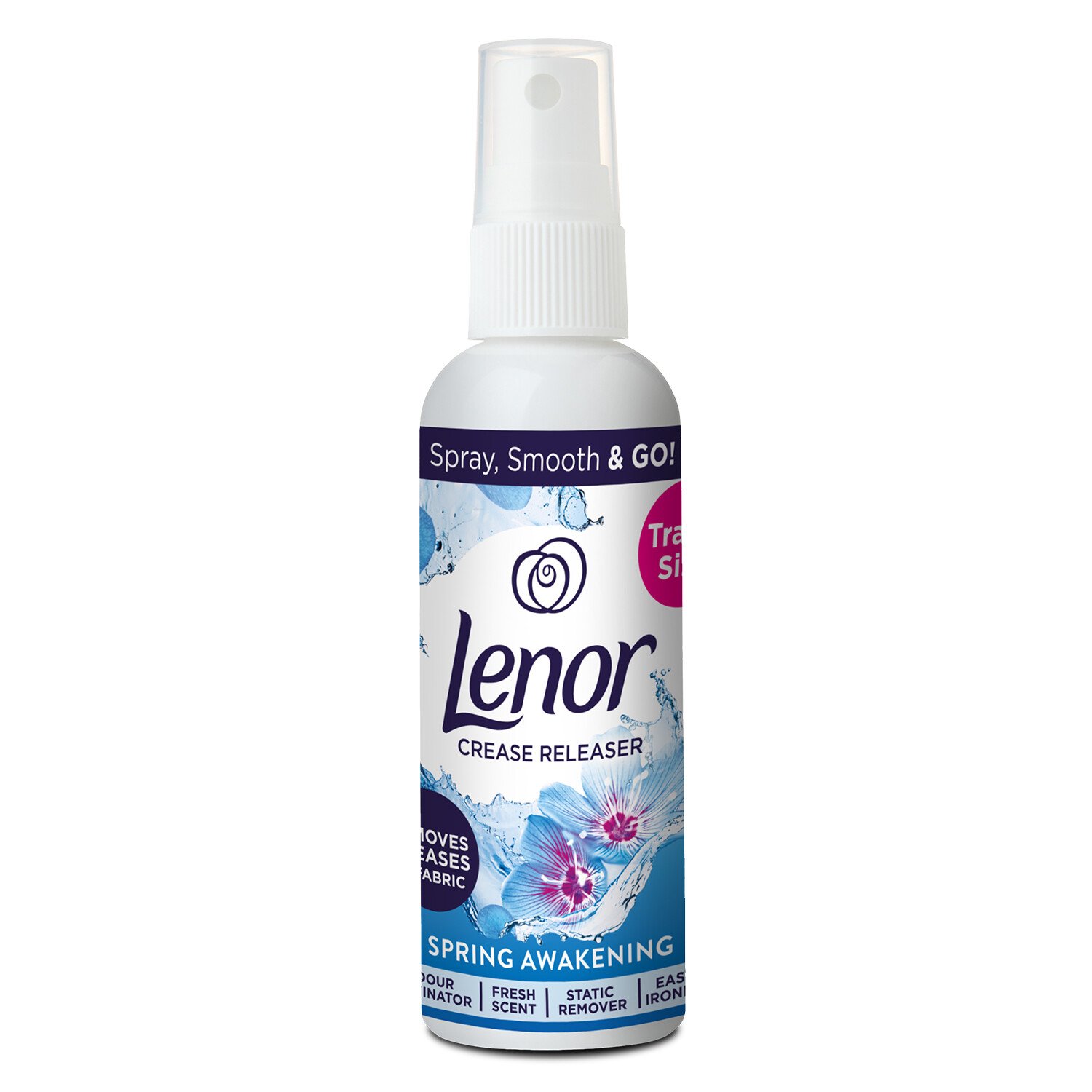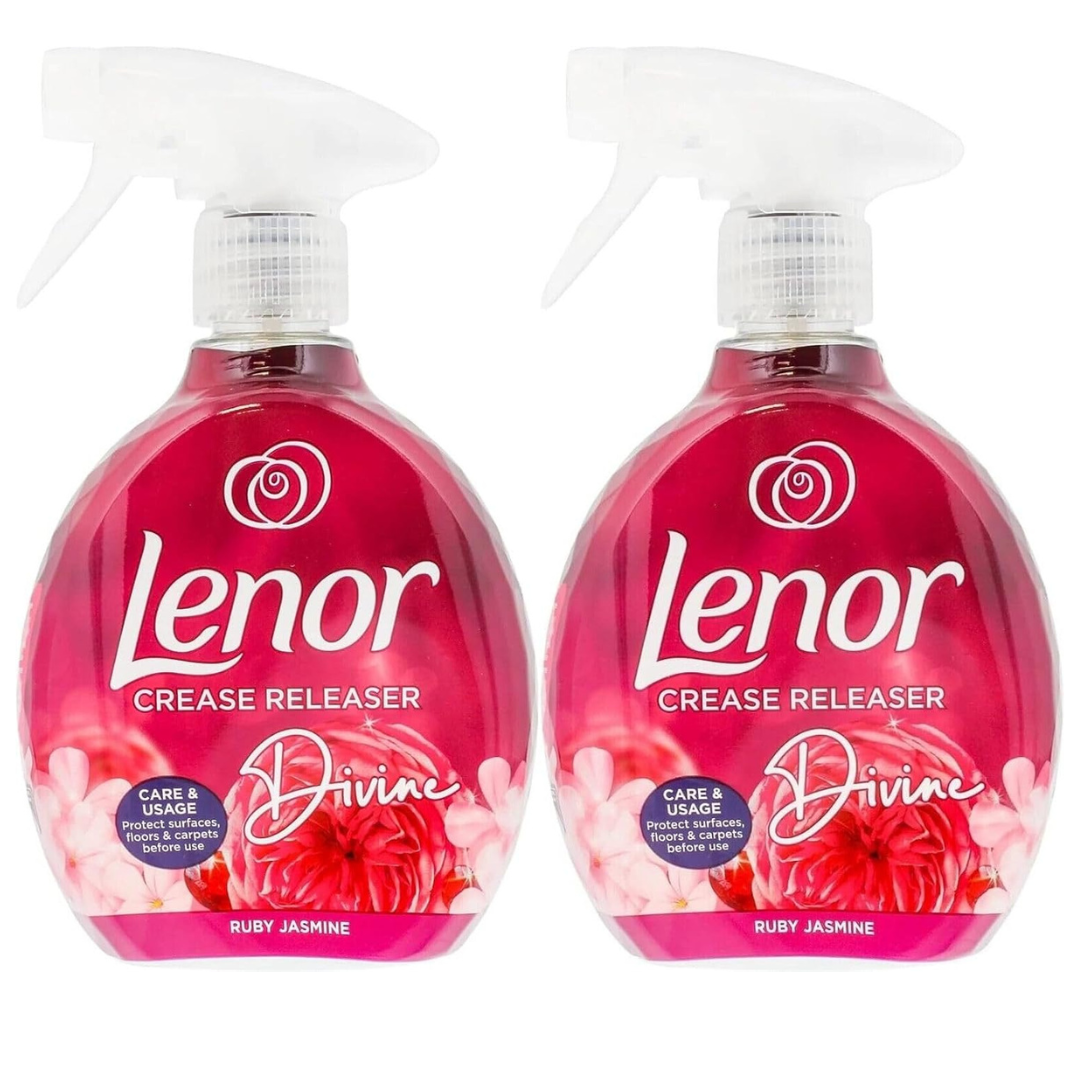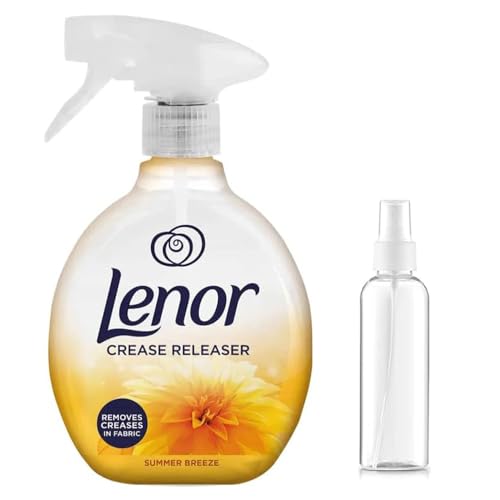Wondering how to remove wrinkles from clothes without an iron? This travel-friendly spray is your answer
Effectively letting you iron without an iron, this one item made my trip to France go off without a wrinkle – it's my new summer holiday essential
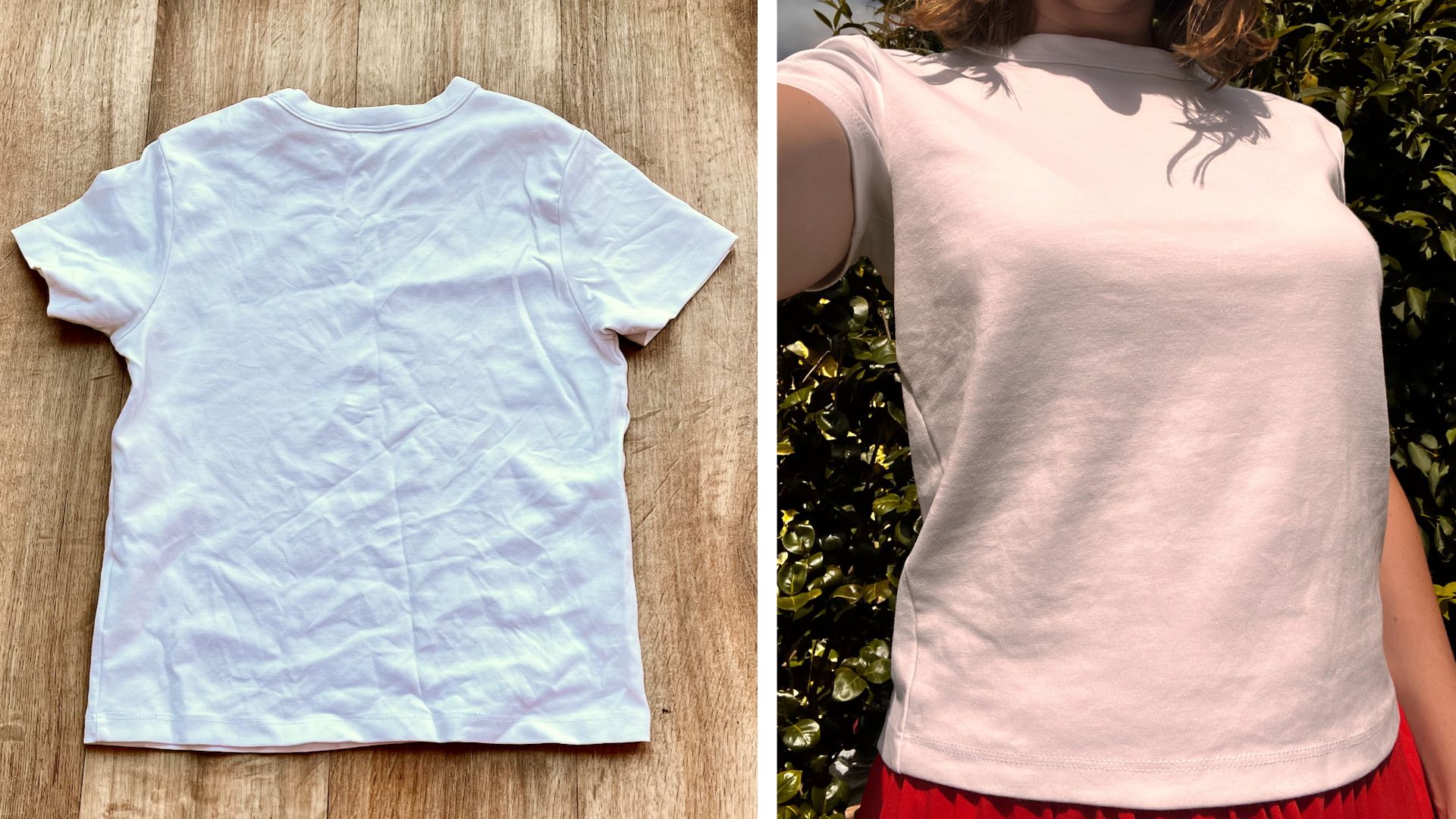

Travel season is well underway, and along with warm weather getaways comes the perennial problem of wrinkled clothes from suitcases and hand luggage. Luckily, I'm here to tell you about a magical spray that can remove wrinkles from clothes without you having to pack an iron.
A few months ago, I discovered crease releaser spray, and – as a life-long ironing hater – I am now hooked on this magical bottle. It was great in spring for smoothing out wrinkles in my tops to wear with jeans, but I've really put it through its paces in the past few weeks with my summer linens, summer dresses and cotton t-shirts.
Essentially, this unassuming spray does what it says on the tin: if you have creases on your clothes, it will, erm, 'release them to a better place?' – it'll get rid of them, with just a few spritzes.
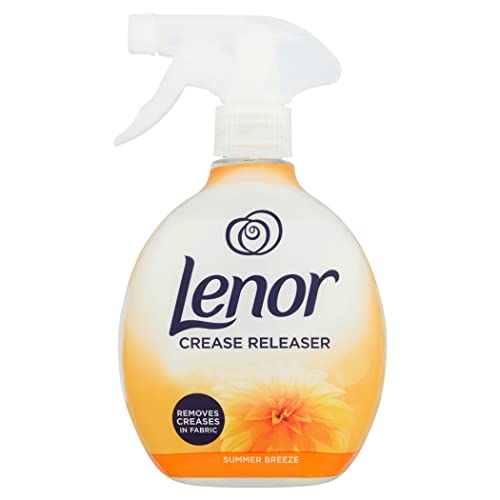
This is the bottle I have, in the fresh but not overly floral Summer Breeze scent. Whether you're a fellow ironing-phobe, or want a way to quickly tackle a missed wrinkle in the mornings, on a warm summer's day, what could be better than avoiding extra heat sources. It's also currently discounted in the Amazon Prime Day deals and elsewhere.
I've been using mine since April and haven't yet found a crease it couldn't remove. After the satisfaction of smoothing my clothes at home (often on the run, let's face it), I've also become slightly addicted, so that's why I couldn't bear the thought of leaving my suitcase-wrinkled holiday clothes feeling unloved. Into the case it went, and I don't regret it at all.

How to use crease releaser spray
I followed the simple instructions on the back of the Lenor bottle, and imagine that whichever brand you buy, it'll be the same system.
- Place your item of clothing on a towel, and lay it flat on a hard surface. I admit that an ironing board would be ideal for lots of items, but for me that would miss the point of this faff-free system. So a table or bit of floor is my go-to!
- Spray fabric evenly, from a distance of 15cm or so. You want to get the fabric fairly damp for best results, but not soaking wet!
- Use your hands to smooth and pull away the creases. This bit is where I feel like a magician, and where you'll soon figure out a technique that works best for you. For me, that definitely means using two hands – one hand to hold an area down, the other hand to pull a section taut, in a sort of repetitive sweeping motion. In my demonstration video above I tried to use one hand while holding the phone in my other hand to film, but it didn't work very well.
- Hang it up to dry
I'll let you in on another little secret, though: sometimes, when I'm in a rush to get the kids and myself out the door in the mornings, I skip step one and simply put the item on and spray it while wearing it. The heat from my body soon dries it out (though I may not be as keen to do this come winter).
This method's not quite as effective, not least because I can't reach the creases on my back, but gets the worst out and is better than going out with scruffy clothes.
Sign up to our free daily email for the latest royal and entertainment news, interesting opinion, expert advice on styling and beauty trends, and no-nonsense guides to the health and wellness questions you want answered.
Shop crease releaser sprays
How effective is crease releaser?
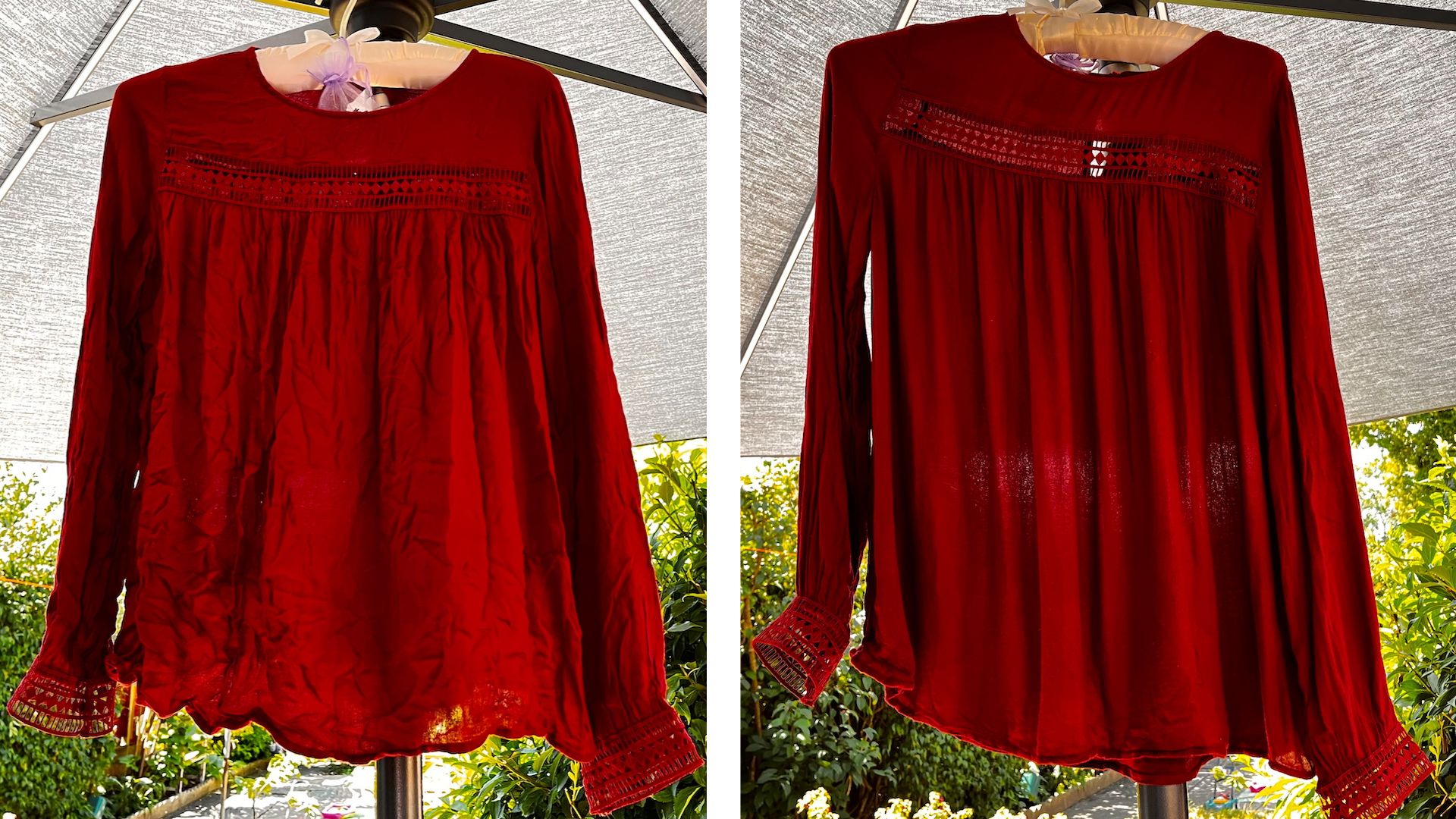
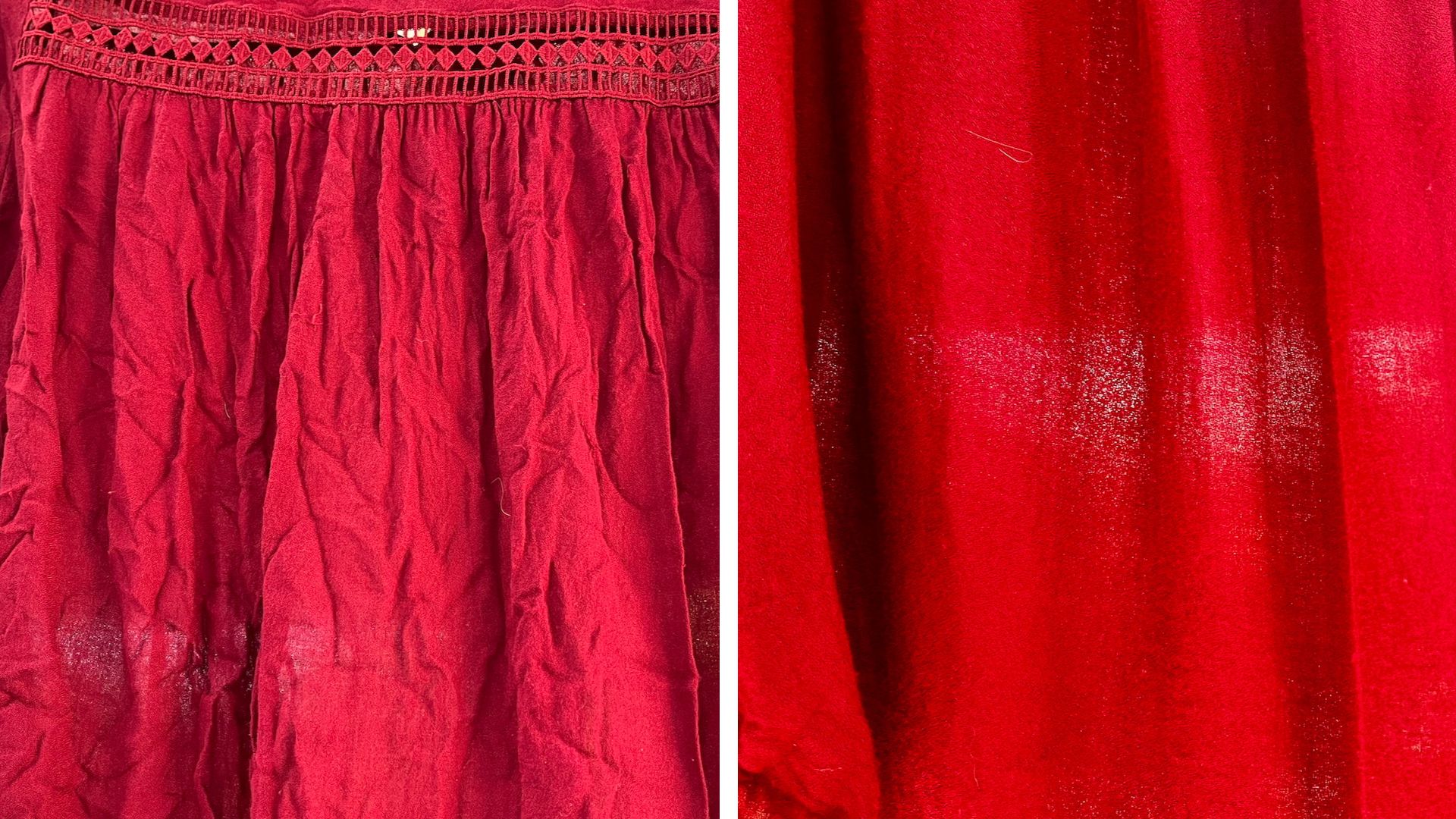
Very effective! Just look at the results in my photos. I haven't yet come across an item it doesn't work on. I've used it on dresses that have been tucked away in storage all winter, and they've come out looking great.
It even gets rid of the little indentations that clothes pegs can leave on clothes.
What fabrics does crease releaser work on?
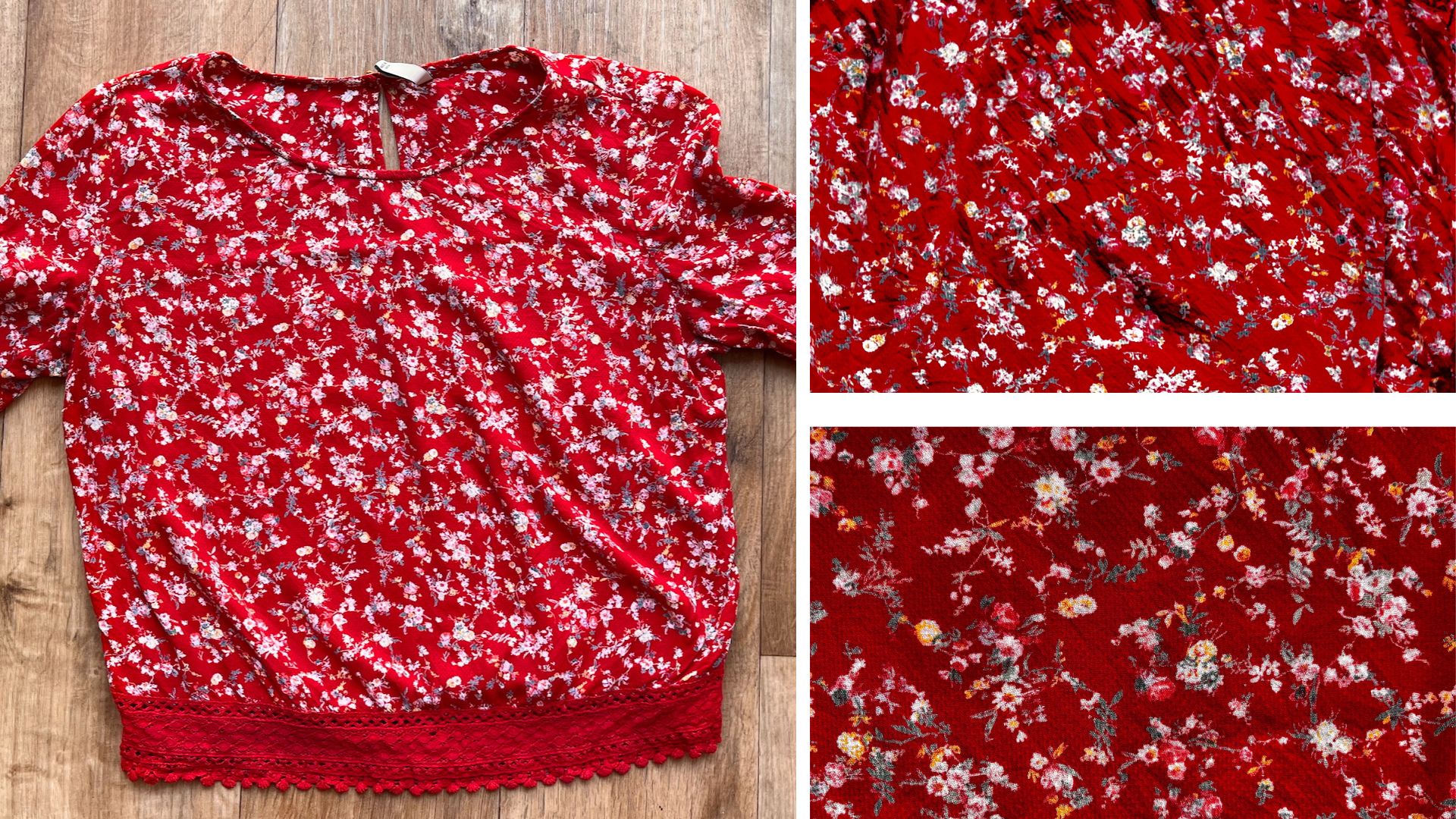
Before and after – the close-ups to the right show how the crease releaser smoothed sections of this poly blend top
I've used my crease releaser spray on cotton t-shirts, trousers and dresses, synthetic tops, linen shorts, and even on denim. I've just noticed that the bottle also suggests using it on bedding.
I haven't risked using it on silk items, as Lenor does advise caution with silks, nylons or other fabrics that tend to show water spots. For those fabrics it advises testing a small hidden area first, if that's possible.

Ella is Managing Editor for Woman&Home online, helping the team to ensure our content is expertly written, authoritative, timely and compelling. She has 14 years of of editorial experience and a First Class Honours degree in Journalism. She regularly digs through magazine issues and digital archives to unearth content treasures in need of a good polish in order to bring readers a variety of interesting articles; helps the section editors to forward-plan features; and writes news stories and the odd buying guide or product recommendation, putting her eye for good design and photography to use. She has written and edited magazines and websites including TechRadar.com, CreativeBloq.com, Digital Camera magazine, BikeRadar.com, Mollie Makes and professional photography website www.canon-europe.com/pro.
You must confirm your public display name before commenting
Please logout and then login again, you will then be prompted to enter your display name.
